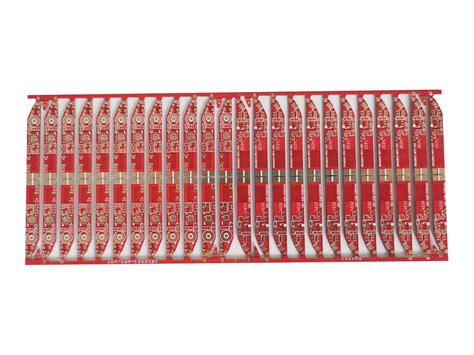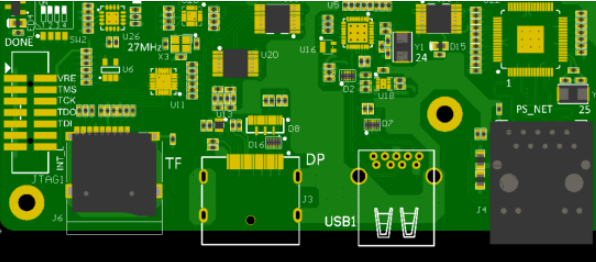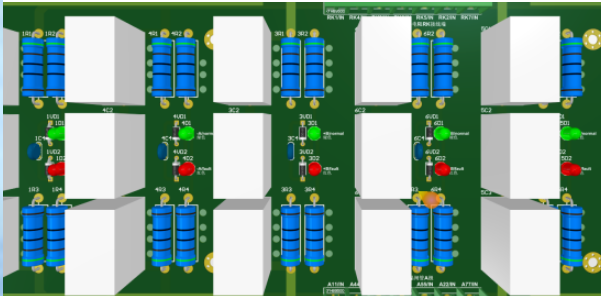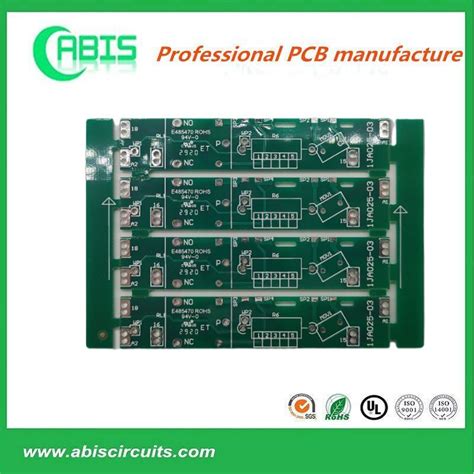What are the detection techniques for circuit board components?
The core of electronic equipment is the circuit board, which is composed of a large number of various types of electronic components. If the equipment fails or short-circuits, the reason is mostly due to the failure or damage of the electronic components. Today, the technical staff of Andwin will bring you some methods and techniques for correctly detecting electronic components.
1.Measure the polarity of each foot of the rectifier bridge
Set the multimeter to R×1k, connect the black test lead to any pin of the bridge stack, and measure the other three feet with the red test lead. If the readings are all infinite, the black test lead is connected to the positive output of the bridge stack. If the readings are 4~10kΩ, the pin connected to the black test lead is the negative output of the bridge stack, and the other two pins are the AC input of the bridge stack.
2.Determine the quality of the crystal oscillator
First, use a multimeter (R×10k block) to measure the resistance value at both ends of the crystal oscillator. If the resistance value is infinite, it means that the crystal oscillator has no short circuit or leakage; then insert the test pen into the AC power jack, pinch any pin of the crystal oscillator with your fingers, and touch the other pin to the metal part at the top of the test pen. If the neon bulb of the test pen turns red, it means that the crystal oscillator is good; if the neon bulb does not light up, it means that the crystal oscillator is damaged.

3.Unidirectional thyristor detection
You can use the R×1k or R×100 block of the multimeter to measure the forward and reverse resistance between any two poles. If you find that the resistance of a pair of poles is low (100Ω~lkΩ), then the black test pen is connected to the control pole, the red test pen is connected to the cathode, and the other pole is the anode. Thyristors have a total of 3 PN junctions. We can determine its quality by measuring the size of the forward and reverse resistance of the PN junction. When measuring the resistance between the control electrode (G) and the cathode [C), if both the forward and reverse resistances are zero or infinite, it indicates that the control electrode is short-circuited or open-circuited; when measuring the resistance between the control electrode (G) and the anode (A), the forward and reverse resistance readings should be large; when measuring the resistance between the anode (A) and the cathode (C), the forward and reverse resistances should be large.
4.Polarity identification of bidirectional thyristor
Bidirectional thyristor has main electrode 1, main electrode 2 and control electrode. If the resistance between the two main electrodes is measured with the multimeter R×1k block, the reading should be approximately infinite, while the forward and reverse resistance readings between the control electrode and any main electrode are only tens of ohms. Based on this characteristic, we can easily identify the control electrode of the bidirectional thyristor by measuring the resistance between the electrodes. When the black test lead is connected to the main electrode 1 and the red test lead is connected to the control electrode, the forward resistance measured is always smaller than the reverse resistance. Based on this, we can also easily identify the main electrode 1 and the main electrode 2 by measuring the resistance.

5.Check the quality of the luminous digital tube
First, set the multimeter to R×10k or R×l00k, then connect the red test lead to the “ground” terminal of the digital tube (taking the common cathode digital tube as an example), and the black test lead to the other terminals of the digital tube in turn. All seven segments should light up separately, otherwise it means that the digital tube is damaged.







